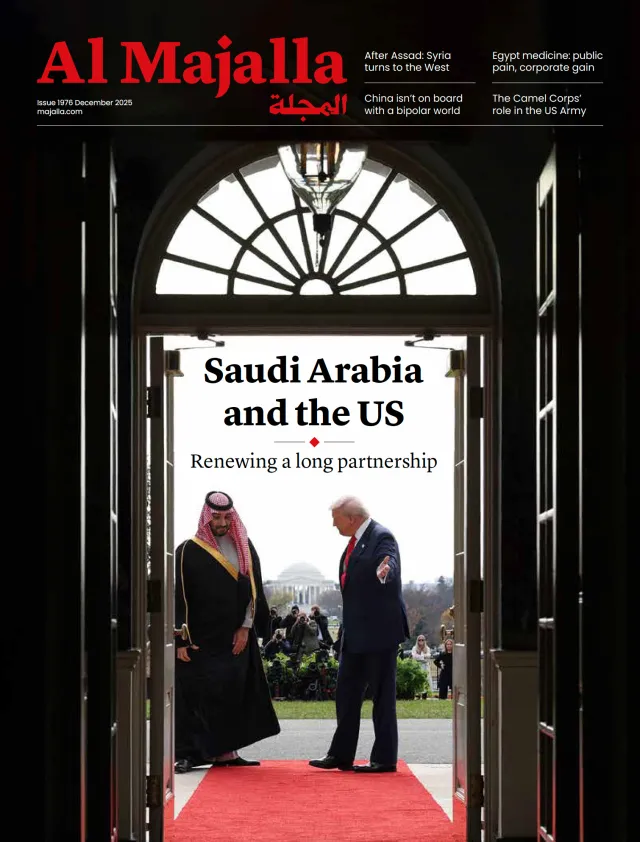A newly appointed minister in the Syrian government recalls that upon delving into his ministry’s archives, he was stunned by the scale and gravity of the ‘Iranian files.’
He found that his department, like many others, was a tangled web of documents, contracts, deals, intelligence, and affiliations—some extending as far as Tehran. Such infiltration into the state’s power structures means that unhooking Iran’s claws in post-Assad Syria will be neither swift nor simple.
In past decades, Syria–Iran relations have increased in complexity and scope with every new crisis and test, since the triumph of the Islamic Revolution in 1979 and the Iran–Iraq War of 1980, when Syria’s President Hafez al-Assad aligned himself with Iran’s Ayatollah Khomeini against Iraq’s Saddam Hussein.
Early offerings
In 1982, with Israel having invaded Lebanon, Assad gave Iran’s Revolutionary Guard Corps access to Lebanese territory, facilitating the founding of Hezbollah. In the 1990 Gulf War, Assad turned against his Baathist counterpart in Baghdad and joined the coalition to liberate Kuwait the following year.
Even during US-brokered peace talks with Israel in the 1990s, Assad preserved Iran’s regional foothold in Syria and maintained coordination with Tehran’s allies among the Palestinian factions that opposed the 1993 Oslo Accords.
Assad also cooperated with Russia, China, and North Korea on military and security matters, while preserving political and economic ties with the Arab world. Yet it was with Iran that Assad Sr. worked most closely, not least in covert scientific collaborations such as on missile development programmes.




